
Smarter email, faster business.
Auto-tag, parse, and respond to RFQs, quotes, orders, and more — instantly.
Insights on Career Development in MRO
May 22, 2025By ePlane AI
0
0
MRO
Career Development
Aspire MRO
More news
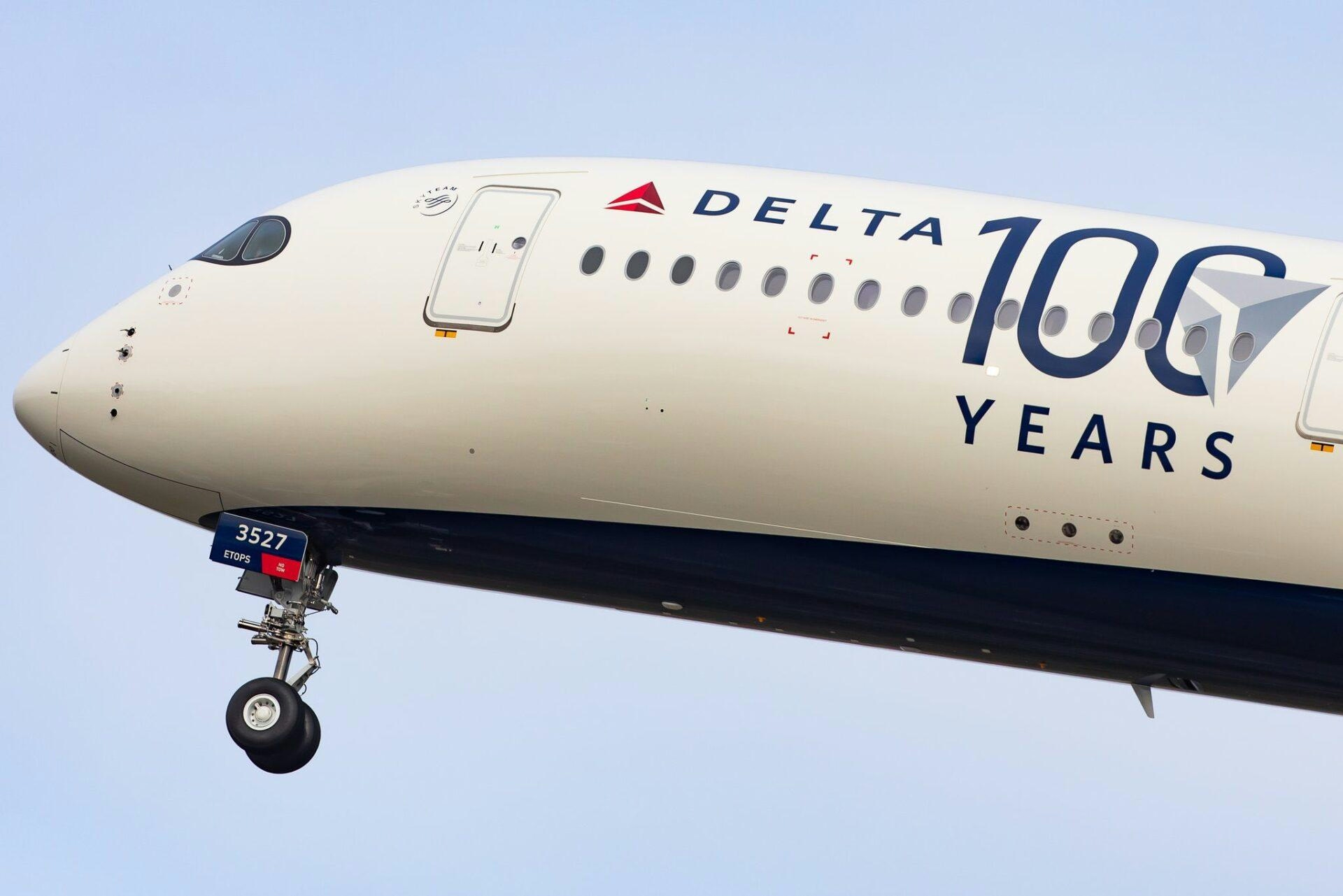
Which Widebody Aircraft Is Delta Air Lines the Largest and Only U.S. Operator Of?
Delta Air Lines and the Airbus A330-900neo: A Unique Position in the U.S. Market
Since its unveiling in 2014 and first flight in 2017, the Airbus A330-900neo has rapidly established itself as a preferred widebody aircraft for long-haul routes across the globe. Among U.S. carriers, Delta Air Lines holds a distinctive position as the only commercial airline operating this model domestically. Moreover, Delta is the largest operator of the A330-900neo worldwide, underscoring its strategic commitment to this aircraft type.
Delta’s A330-900neo Fleet and Global Context
Delta currently operates a fleet of 36 Airbus A330-900neos, with an additional three aircraft expected to be delivered by the end of the year, bringing the total to 39. According to aviation analytics firm Cirium, these aircraft provide over 500,000 seats monthly, primarily servicing long-haul routes spanning distances between 3,000 and 6,000 miles. The A330-900neo’s maximum seating capacity of 465 makes it an attractive option for airlines aiming to optimize passenger loads and profitability on high-demand international routes.
Globally, the A330-900neo has seen 372 deliveries, significantly surpassing its smaller counterpart, the A330-800, which has recorded only 12 deliveries. Other prominent operators include Cebu Pacific with 16 aircraft, AirAsia X and Flynas each with 15, Cathay Pacific with 30, Virgin Atlantic with 13, TAP Air Portugal and Garuda Indonesia each with 12, and ITA Airways with 10.
Launch Customers, Orders, and Delta’s Strategic Commitment
TAP Air Portugal was the official launch customer for the A330-900neo, receiving its first aircraft at the end of 2018. However, Airbus records reveal that Delta placed its initial order for 25 A330-900neos as early as November 2014, subsequently increasing the order by 10 more aircraft in 2018. Presently, Delta has 35 active A330-900neos in service, with one temporarily inactive.
Delta’s leadership in operating the A330-900neo is complemented by its unique status as the largest and sole U.S. operator of another Airbus widebody, the A350. This exclusive position has presented challenges, including potential impacts from tariffs on imported aircraft and parts, which could affect future Airbus orders and deliveries. Despite these uncertainties, Delta remains steadfast in its Airbus fleet strategy.
The airline has downplayed competitive pressures, even as rivals such as IndiGo expand partnerships with Air France-KLM and Virgin Atlantic, and plan to include Delta as a partner for launching long-haul flights to Europe. While market responses to Delta’s A350 operations have been mixed, the carrier continues to express confidence in its international growth strategy.
Delta’s Role in Shaping Long-Haul Air Travel
Delta Air Lines’ significant investment in the Airbus A330-900neo and A350 reflects its dedication to deploying modern, fuel-efficient widebody aircraft for long-haul operations. As the largest global operator of the A330-900neo and the only U.S. airline flying both the A330-900neo and A350, Delta plays a pivotal role in defining the future of transcontinental and transatlantic air travel. The airline’s ongoing navigation of industry challenges and evolving competitive dynamics will remain critical to its position in the global aviation landscape.

Joby Aviation Shares Rise 11% Amid U.S. Push for Air Taxis
Joby Aviation Shares Rise 11% Amid U.S. Push for Air Taxis
Joby Aviation’s shares surged 11% amid renewed optimism surrounding the burgeoning U.S. air taxi market. This increase reflects growing momentum driven by government initiatives and strategic industry partnerships aimed at integrating electric vertical takeoff and landing (eVTOL) aircraft into urban transportation networks. The Biden administration, alongside key industry players, is actively promoting the adoption of these innovative vehicles to transform short-distance travel.
Strategic Partnerships and Investments Propel Growth
Joby’s recent gains are underpinned by significant collaborations and financial backing. Its partnership with Delta Air Lines is expected to facilitate the future rollout of air taxi services, while a $250 million investment from Toyota signals strong confidence in Joby’s technology and readiness for commercialization. These developments position Joby as a leading contender in the race to establish a viable air taxi market both within the United States and internationally.
Intensifying Competition and Market Challenges
The competitive environment is becoming increasingly fierce. Archer Aviation, a key rival, recently secured $850 million in funding, highlighting robust investor interest and intensifying the battle for market dominance. This substantial capital infusion may enable Archer to accelerate its development and deployment efforts, particularly in strategically important regions where both companies are vying for leadership.
Market sentiment toward Joby remains divided. Some analysts have downgraded the stock, citing concerns over the absence of near-term profitability and the complexities involved in scaling operations. Conversely, others emphasize Joby’s strategic advantages, including its strong U.S. partnerships and recent expansion into the Dubai market, where regulatory frameworks and infrastructure investments are advancing rapidly.
Global Market Dynamics and Regional Shifts
The global air taxi sector is also experiencing notable regional shifts. In Europe, domestic manufacturers face challenges as local startups struggle financially, potentially allowing U.S. companies like Joby and Archer to capture greater market share. This evolving landscape may compel European competitors to intensify innovation efforts or pursue new alliances to maintain their competitiveness.
As the air taxi industry continues to develop, Joby’s capacity to leverage partnerships, secure ongoing funding, and navigate regulatory complexities will be crucial. The recent surge in its share price reflects heightened investor confidence but also underscores the volatility and high stakes inherent in this emerging market. With competition intensifying and global market dynamics in flux, Joby’s forthcoming strategic decisions will be closely monitored by investors and industry observers alike.
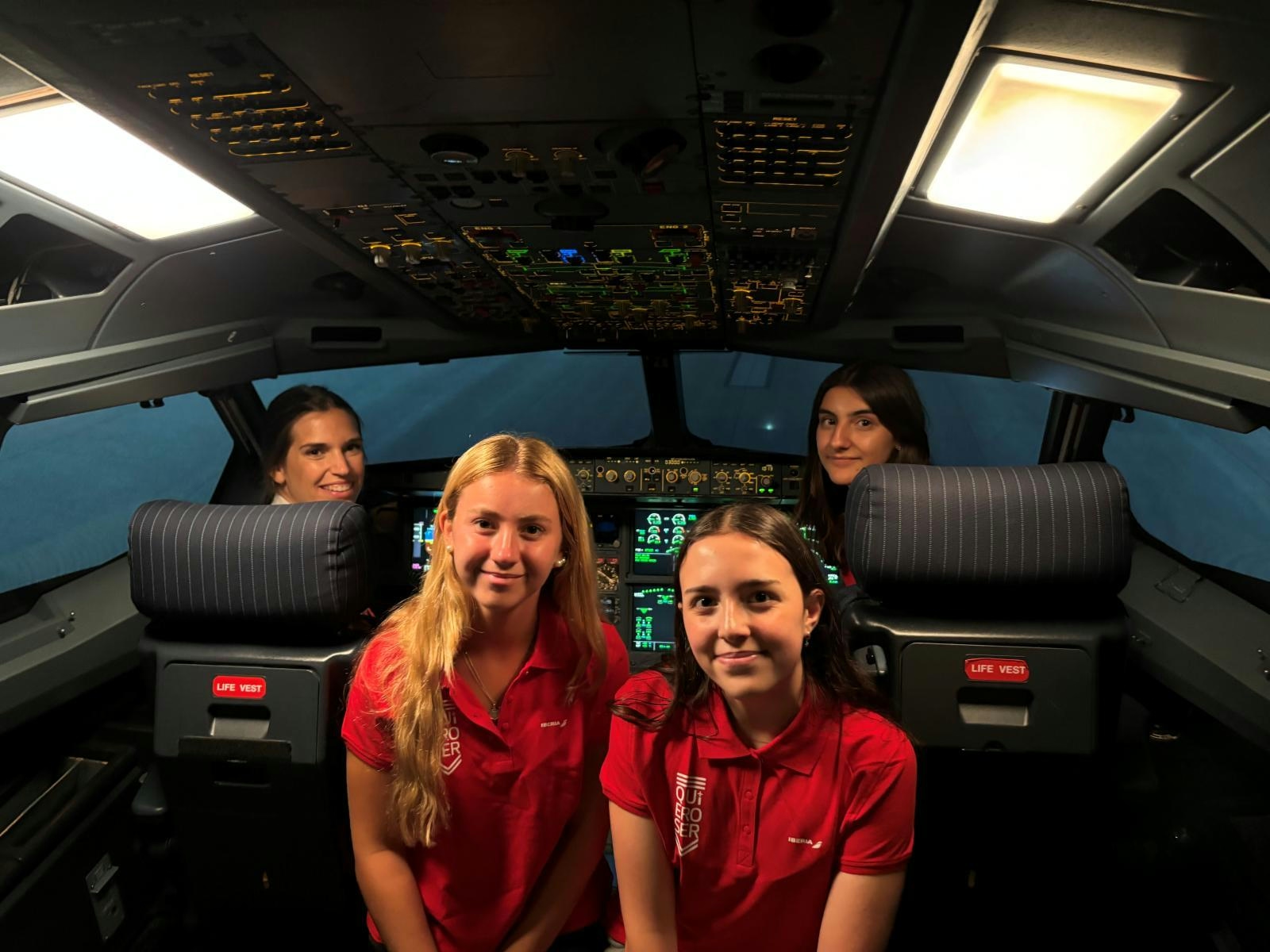
Iberia opens hangar doors to promote aviation careers to young women
Iberia Opens Hangar Doors to Promote Aviation Careers Among Young Women
Iberia recently welcomed 35 young women to its hangar as part of its ongoing initiative to encourage greater female participation in the aviation sector. The event, held under the airline’s ‘Quiero Ser’ programme and organized in partnership with CAE and Technovation Girls, invited girls aged 14 to 18 to engage in hands-on experiences related to commercial aviation and aircraft maintenance.
Immersive Experience in Aviation
During the visit, participants toured CAE’s crew training centre, where they explored advanced flight simulators used by professional airline crews. The group also gained access to Iberia Maintenance’s core facilities, including engine and component workshops, test benches, and Hangar 6. This provided the young women with direct insight into the daily responsibilities of pilots, aircraft maintenance technicians, and engineers, offering a rare glimpse into the technical and operational aspects of the industry.
Advancing Diversity and Inclusion
Now in its fourth year, the ‘Quiero Ser’ programme forms a key part of Iberia’s broader diversity, equity, and inclusion strategy. The initiative seeks to promote equal opportunities and elevate female role models within an industry where women remain significantly underrepresented, especially in technical and operational roles. María Bello, Iberia’s director of people and diversity, highlighted the importance of early engagement, stating, “We firmly believe that inspiring vocations from an early age is key to building a more diverse future. It is deeply inspiring to see these young women drawn to professions where female representation has historically been lower. With the ‘Quiero Ser’ programme, we aim to do just that: open doors, spark vocations, and give visibility to lesser-known professions, partly due to the lack of role models.”
Challenges and Industry Context
While the programme has received positive feedback from educational institutions and aviation employers, Iberia faces ongoing challenges in maintaining sustained interest and participation among female students. The airline operates within a competitive environment where other carriers and organizations are launching similar initiatives to attract young talent and address the gender imbalance in aviation. Responses from competitors vary from collaborative efforts to more discreet attempts to recruit from the same pool of aspiring professionals, underscoring the widespread industry imperative to enhance gender diversity.
Despite these challenges, Iberia’s dedication to fostering inclusion and inspiring the next generation of women in aviation remains resolute. By providing direct exposure to aviation careers and showcasing female role models, the airline aims to contribute to closing the gender gap and securing a more diverse future for the sector.
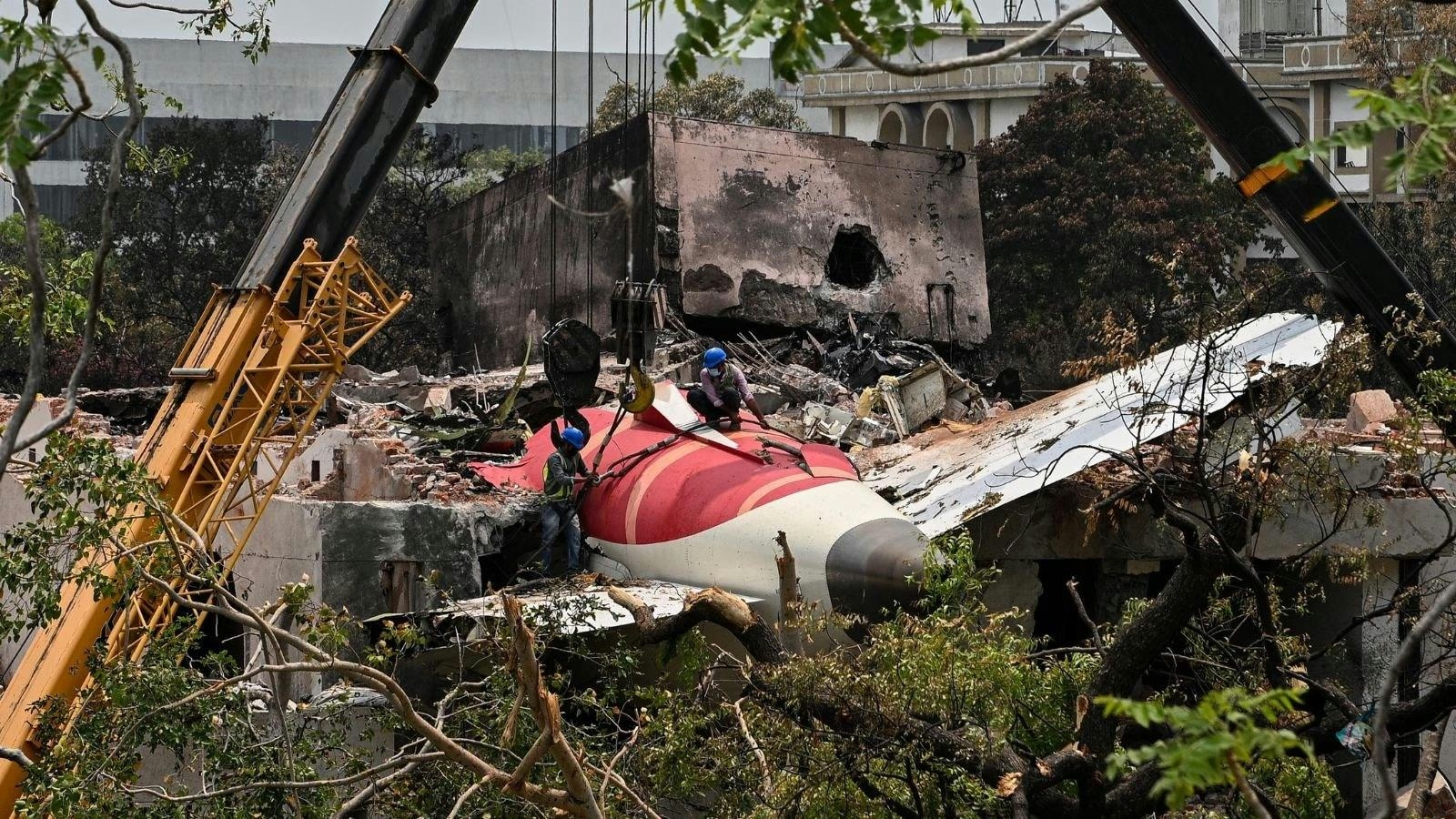
India Investigates AI-171 Crash Using Domestic Resources
India Conducts Domestic Investigation into AI-171 Crash
In a significant advancement for India’s aviation safety capabilities, the Aircraft Accident Investigation Bureau (AAIB) is conducting the black box data analysis of Air India Flight AI-171 entirely within the country for the first time. The wide-body aircraft crashed in Ahmedabad earlier this month, presenting considerable challenges for Air India amid its ongoing Vihaan.AI transformation program and raising broader concerns about aviation safety and transparency in India.
Decoding the Black Boxes: A Domestic Milestone
The investigation is being carried out at the AAIB laboratory in New Delhi, where officials successfully accessed and downloaded data from the aircraft’s Crash Protection Module (CPM) memory module on June 25, according to the Ministry of Civil Aviation. The cockpit voice recorder and flight data recorder—commonly referred to as black boxes—were recovered from the rooftop of a building and surrounding crash debris between June 13 and 16. To maintain data integrity during extraction, investigators employed an identical black box, known as the “golden chassis.”
The technical team leading the probe comprises experts from the Indian Air Force, Hindustan Aeronautics Limited (HAL), and the US-based National Transportation Safety Board (NTSB), representing the aircraft’s country of manufacture. Specialists in aviation medicine and air traffic control are also involved, with additional support from Boeing and General Electric teams stationed in Delhi. The entire investigation is overseen by the Director General of the AAIB.
This marks the first occasion on which India has fully decoded black box data domestically, a capability enabled by recent upgrades in equipment and infrastructure under the government’s Aatmanirbhar Bharat initiative. Previously, such critical analyses were outsourced to foreign countries including Russia, the United Kingdom, the United States, and Canada, often resulting in delays and concerns regarding transparency. The current investigation adheres strictly to international protocols outlined in ICAO Annex 13 and India’s Aircraft (Investigation of Accidents and Incidents) Rules, 2017.
Implications for Aviation Safety and Air India
The domestic handling of this investigation represents a watershed moment for India’s aviation sector, promising faster and more transparent accident probes. Nevertheless, the process is expected to face scrutiny concerning its effectiveness and impartiality, particularly as the crash has intensified questions about Boeing’s safety record and the robustness of India’s aviation oversight mechanisms. The investigation is also reviewing previous incidents involving the same aircraft, including a takeoff event at Gatwick Airport five years ago, to determine any potential connections.
The crash carries significant repercussions for Air India, potentially affecting its reputation and operational momentum at a critical juncture. The immediate response from Air India and its parent company, the Tata Group, has been crucial in providing support to the victims’ families. However, the incident may reshape the broader landscape of Indian aviation and tourism, influencing inbound travel and business activities.
As the investigation continues, industry observers emphasize that India’s capacity to independently and transparently investigate major air crashes will be vital in restoring public confidence and reinforcing the country’s position in global aviation safety.
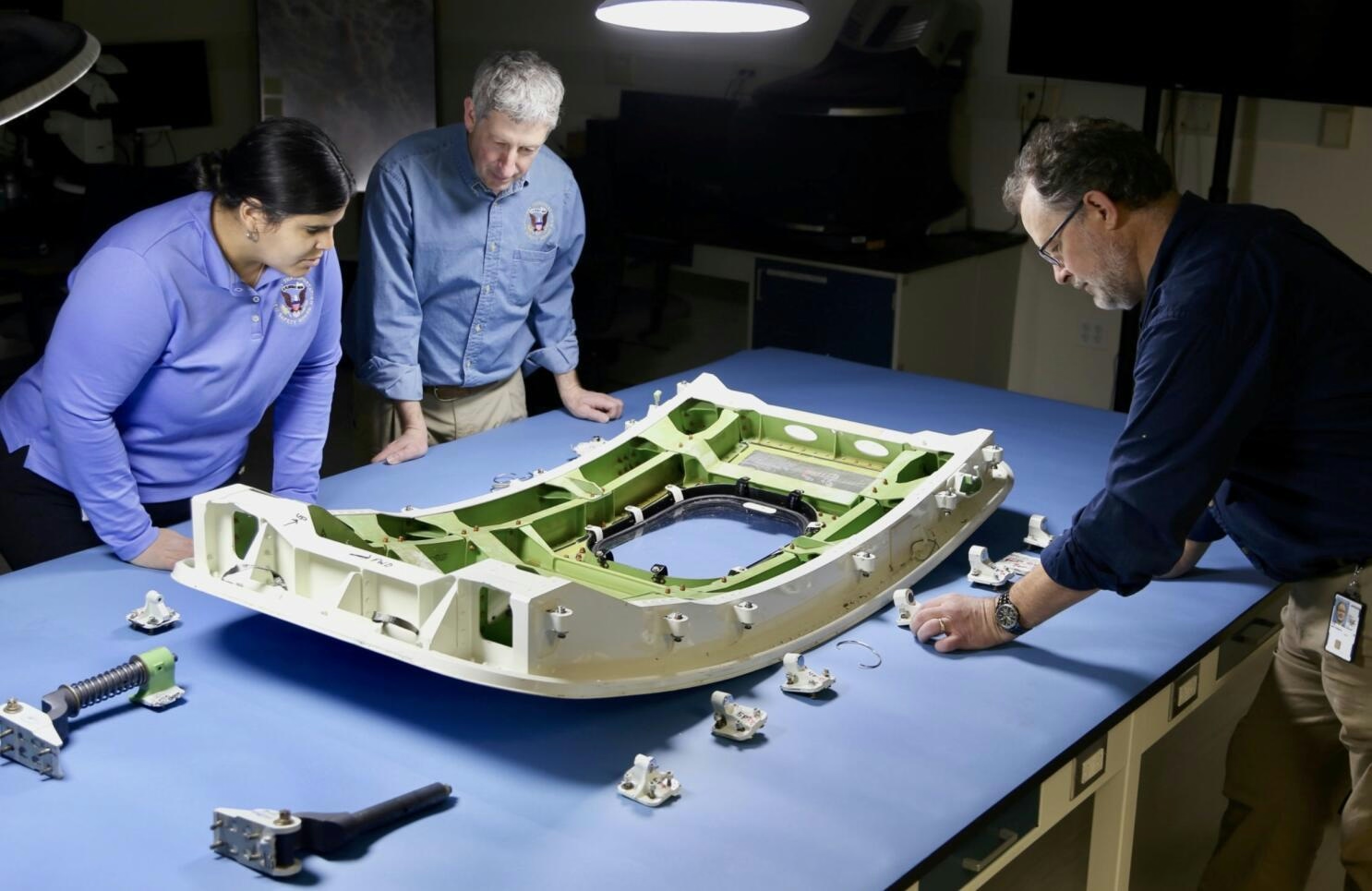
NTSB Reports on Design Changes and Timeline for 737-9 Door Plug
NTSB Details Design Revisions and Implementation Timeline for Boeing 737-9 Door Plug
The National Transportation Safety Board (NTSB) has issued a comprehensive report outlining critical design changes and the projected timeline for the Boeing 737-9 door plug, following recent safety concerns. The findings highlight significant deficiencies not only in the aircraft’s door plug design but also in Boeing’s manufacturing processes and workforce training, prompting calls for extensive corrective measures.
Design and Manufacturing Challenges
The NTSB’s investigation reveals that Boeing faces considerable technical challenges in redesigning the 737-9 door plug to comply with updated safety standards. Beyond the mechanical and engineering issues inherent in the door plug itself, the report identifies systemic shortcomings in factory oversight and employee training programs. The agency stresses the necessity for Boeing to implement robust safety and quality control enhancements across its operations, emphasizing that improvements must extend beyond engineering to encompass workforce practices and procedural rigor.
Implementation Timeline and Regulatory Oversight
The timeline for completing these modifications remains under close observation by both regulators and industry stakeholders. Boeing is expected to work in close coordination with federal authorities to ensure that all design changes satisfy stringent safety requirements before the aircraft can resume full operational status. Given the extensive scope of the redesign and the need for heightened oversight, the NTSB anticipates a protracted process, underscoring the complexity of the task ahead.
Market and Industry Implications
The report has elicited swift reactions from investors and customers, who are closely monitoring Boeing’s response to the NTSB’s recommendations. The company’s safety protocols are under renewed scrutiny, with any delays or missteps likely to affect its reputation and financial standing adversely. Meanwhile, competitors within the aerospace sector are leveraging the situation to emphasize their own commitments to safety and manufacturing excellence, potentially gaining market advantage as Boeing addresses these challenges.
Regulatory and public pressure on Boeing is expected to intensify throughout the redesign process. The NTSB’s focus on systemic improvements signals that oversight will remain rigorous in the coming months. Boeing’s capacity to effectively manage these issues will be pivotal in restoring confidence among regulators, customers, and the broader market.
The NTSB’s detailed findings underscore the complexity of the challenges confronting Boeing and highlight broader implications for the air transport industry. As Boeing undertakes the necessary changes, the industry will be closely watching how the company meets elevated expectations for safety and quality assurance.
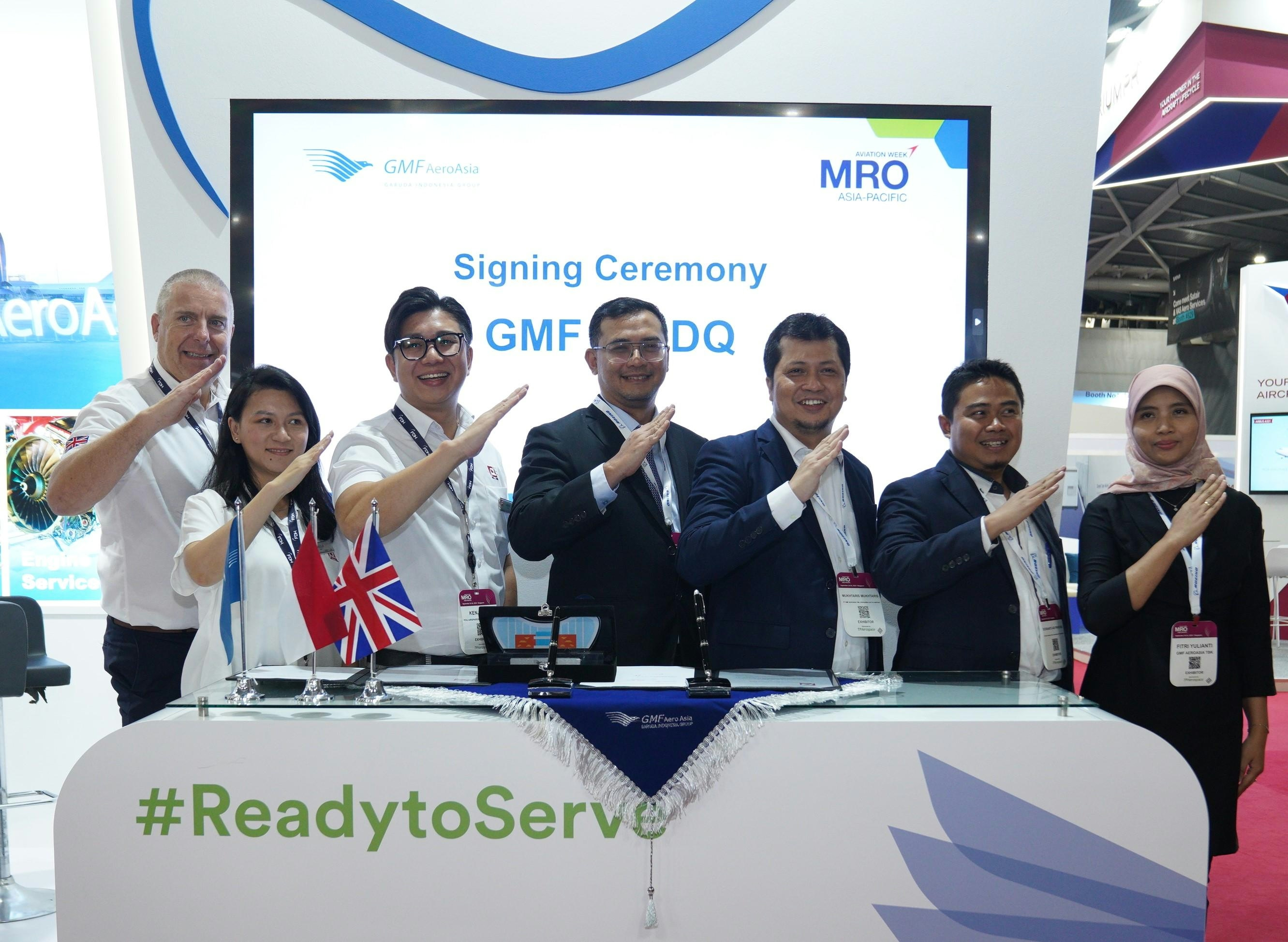
Indonesia’s MRO GMF to Receive Support from Garuda’s Financial Aid
Indonesia’s MRO GMF AeroAsia to Benefit from Garuda Indonesia’s Financial Support
Recovery and Financial Restructuring
GMF AeroAsia, Indonesia’s foremost maintenance, repair, and overhaul (MRO) provider, is positioned for renewed growth following consecutive profitable years in 2023 and 2024. This turnaround signifies a robust recovery from the pandemic period, during which GMF endured significant losses linked to the financial difficulties of its primary client, Garuda Indonesia. The national carrier’s extensive restructuring and the broader downturn in air travel led GMF to breach financial covenants in 2020, necessitating urgent loan restructuring and creditor concessions.
The financial outlook for both GMF and Garuda is now improving. Garuda Indonesia is slated to receive a $405 million shareholder loan from Danantara, Indonesia’s sovereign wealth fund, as reported by local media. This capital injection is intended to restore Garuda’s operational capabilities, support critical MRO activities, and facilitate the return of grounded aircraft to active service. The funding will also extend to Citilink, Garuda’s low-cost subsidiary, which depends heavily on GMF for its maintenance needs.
Operational Challenges and Market Dynamics
Despite these positive developments, GMF faces significant operational challenges. The expected increase in maintenance demand, driven by Garuda’s fleet reactivation, will require GMF to rapidly expand its capacity. This expansion may place considerable strain on existing resources and necessitate substantial investments in infrastructure and technology to handle the increased workload while maintaining service quality.
As of May, Garuda had 15 aircraft grounded due to shortages of spare parts and insufficient maintenance funding. According to Aviation Week Network’s Commercial Fleet & MRO Forecast 2025, Garuda’s active fleet could reach 78 aircraft this year if 11 stored planes are returned to service, rising to 84 next year with the reactivation of an additional seven aircraft. The fleet primarily consists of 40 Boeing 737-800s and 27 Airbus A330 variants. Citilink, which mainly operates A320-family aircraft, could see its active fleet increase to 55 if nine stored units are reintroduced.
The anticipated surge in MRO demand is also expected to intensify competition within Indonesia’s maintenance sector. As Garuda and Citilink scale up operations, rival MRO providers may pursue strategic partnerships, broaden their service offerings, or invest in advanced technologies to capture a share of the expanding market. This evolving competitive environment will challenge GMF to innovate and invest strategically to maintain its leading position.
In conclusion, while Garuda’s financial lifeline and the resulting increase in maintenance requirements present a significant opportunity for GMF AeroAsia, they also introduce operational and competitive pressures. The company’s capacity to adapt and invest will be critical as Indonesia’s aviation industry advances into a new phase of post-pandemic recovery.
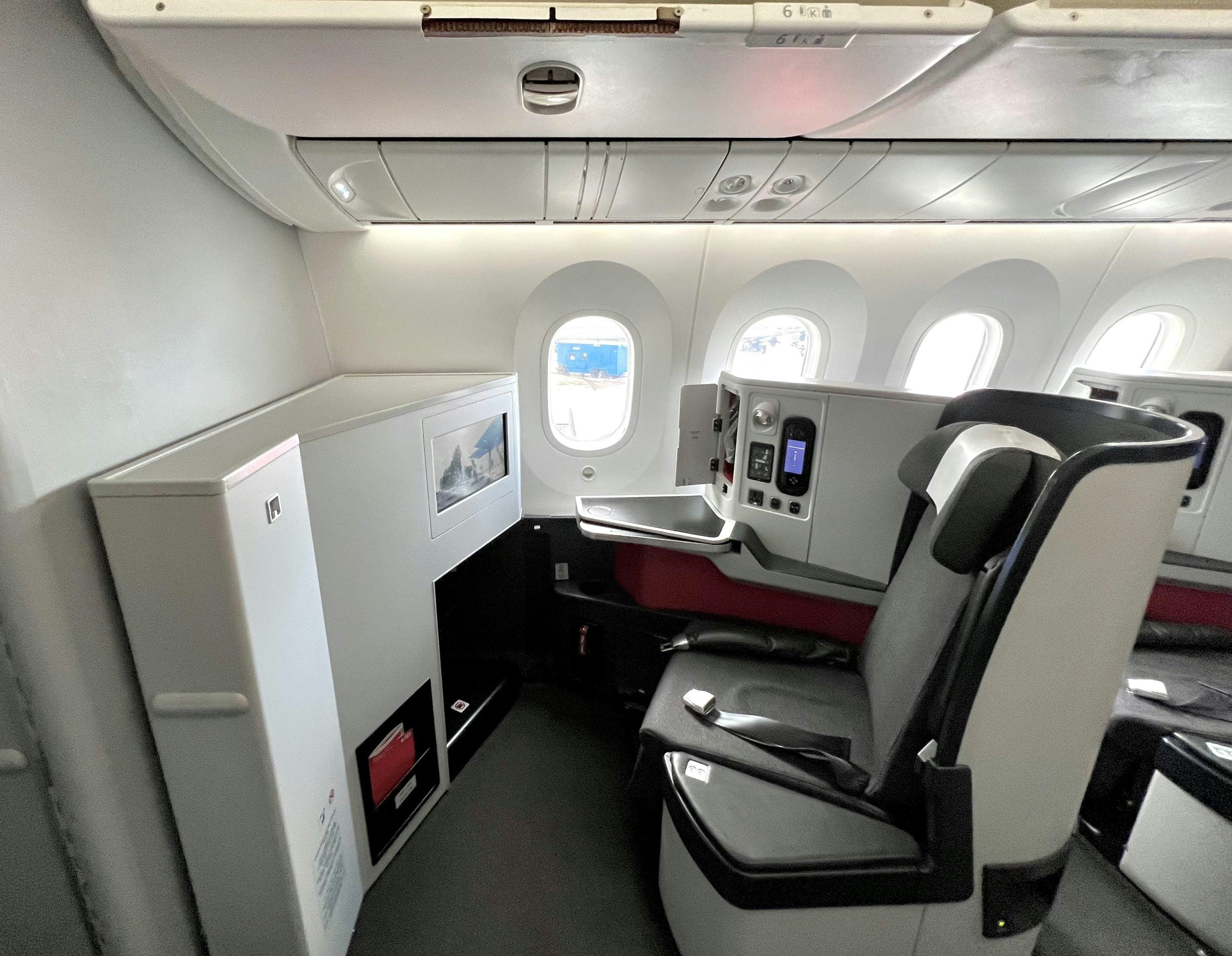
Austrian Airlines Considers Wet-Lease Expansion Due to 787 Delivery Delays
Austrian Airlines Considers Wet-Lease Expansion Amid Boeing 787 Delivery Delays
Austrian Airlines is evaluating the possibility of expanding its wet-lease operations in response to persistent delays in the delivery of Boeing 787 aircraft, which have disrupted the carrier’s fleet renewal strategy. As a member of the Lufthansa Group, the airline is seeking interim solutions to sustain capacity and service standards, with wet-leasing—acquiring aircraft and crew from third-party operators—emerging as a primary option.
Operational and Financial Challenges of Wet-Leasing
While wet-leasing offers a short-term remedy, it introduces significant challenges. The approach generally entails higher operational costs and complex logistics, including the coordination of external crews and the maintenance of consistent service quality. These issues have raised concerns among investors and passengers alike, who worry about potential declines in service standards and the financial implications for the airline.
Competitive Pressures in the European Market
The delays come at a time of intensified competition within the European aviation sector. Rival airlines, notably Turkish Airlines, are closely observing Austrian Airlines’ response to the 787 setbacks. Turkish Airlines may seek to leverage Austrian’s difficulties by expanding its own fleet or pursuing strategic partnerships, such as its ongoing interest in Air Europa. Such developments could heighten competitive pressures and alter the regional market landscape.
Industry-Wide Responses to Aircraft Delivery Delays
The broader industry is grappling with similar challenges as aircraft delivery delays affect multiple carriers. Airlines are increasingly exploring legal options and collaborative strategies to address supply chain disruptions. Many are reviewing contractual agreements with manufacturers and considering joint actions to mitigate the impact on operations.
As Austrian Airlines charts its course through these challenges, its forthcoming decisions will be closely monitored by stakeholders across the aviation industry. The airline’s approach may have significant implications not only for its operational resilience but also for evolving trends in fleet management and competitive strategy within the sector.
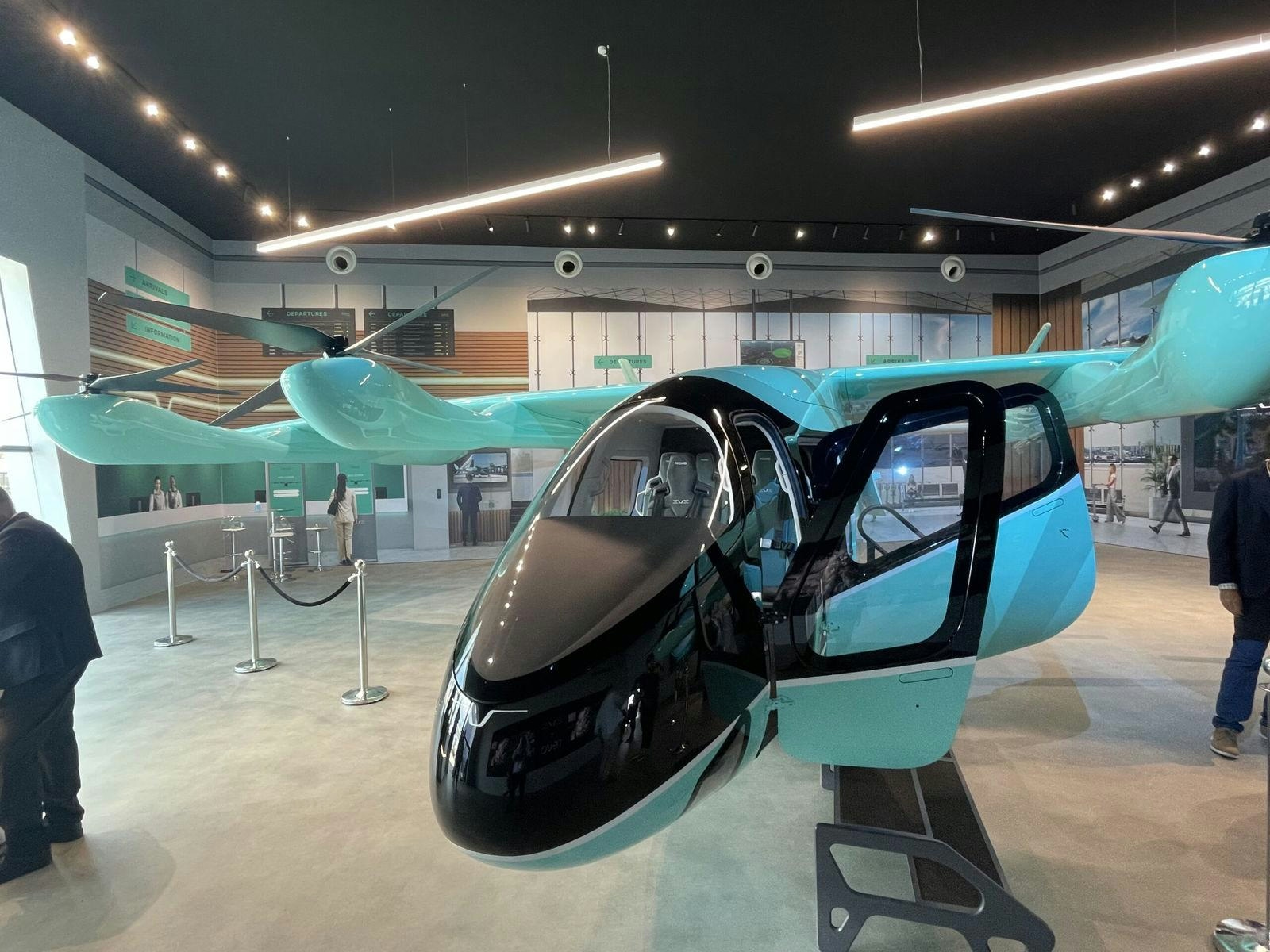
Future Flight Secures Order for 54 Eve Air eVTOL Aircraft
Future Flight Global Commits to 54 Eve Air eVTOL Aircraft
Future Flight Global (FFG), a company dedicated to advancing urban air transportation and air taxi services, has signed a letter of intent to acquire 54 electric vertical takeoff and landing (eVTOL) aircraft from Eve Air Mobility. Eve Air Mobility, a subsidiary of the Brazilian aerospace leader Embraer, focuses on the design and manufacture of eVTOLs intended to revolutionize urban mobility.
Strategic Expansion and Operational Plans
This agreement forms a key part of FFG’s strategy to develop a diversified fleet of electric aircraft for deployment across global markets, with initial operations planned in both Brazil and the United States. The eVTOLs are expected to significantly reduce travel times and ease congestion in major urban centers, positioning them as viable air taxi solutions. Financial terms of the transaction were not disclosed.
Karan Singh, CEO of Future Flight Global, emphasized the strengths of Eve’s aircraft, noting their foundation in Embraer’s 55-year heritage of aircraft design, certification, and support. Singh highlighted the aircraft’s strong performance metrics, passenger-centric ergonomics, clear certification pathway, and scalable production capabilities. He expressed anticipation for certification by Brazil’s National Civil Aviation Agency (ANAC) and the subsequent deployment of the aircraft in Brazil and other high-demand markets worldwide.
Eve Air Mobility’s Growing Footprint
Eve Air Mobility has established a significant presence in Brazil, having previously signed a letter of intent with Voar Aviation for 70 eVTOLs in 2023, targeting major metropolitan areas including São Paulo, Brasília, Florianópolis, and Vitória. This expansion coincides with the launch of Eve’s first production facility in São Paulo. In the United States, Eve has partnered with United Airlines to explore eVTOL operations in the San Francisco Bay Area. United invested $15 million in Eve in 2022 and committed to purchasing 200 air taxis.
Industry Challenges and Market Implications
While the FFG order reflects growing momentum in the eVTOL sector, it also highlights potential challenges. Regulatory approval processes, technological integration, and competition from established developers such as Archer Aviation and Joby Aviation may influence deployment timelines and commercial success. The announcement is likely to stimulate increased investor interest in the eVTOL market, encouraging competitors to accelerate development and expand their order books.
This deal underscores the rising demand for urban air mobility solutions and signals the potential for substantial future orders as FFG seeks to broaden air taxi operations throughout the Americas. As the industry advances, the competition to certify, produce, and deploy eVTOL aircraft is expected to intensify, shaping the future landscape of urban transportation.
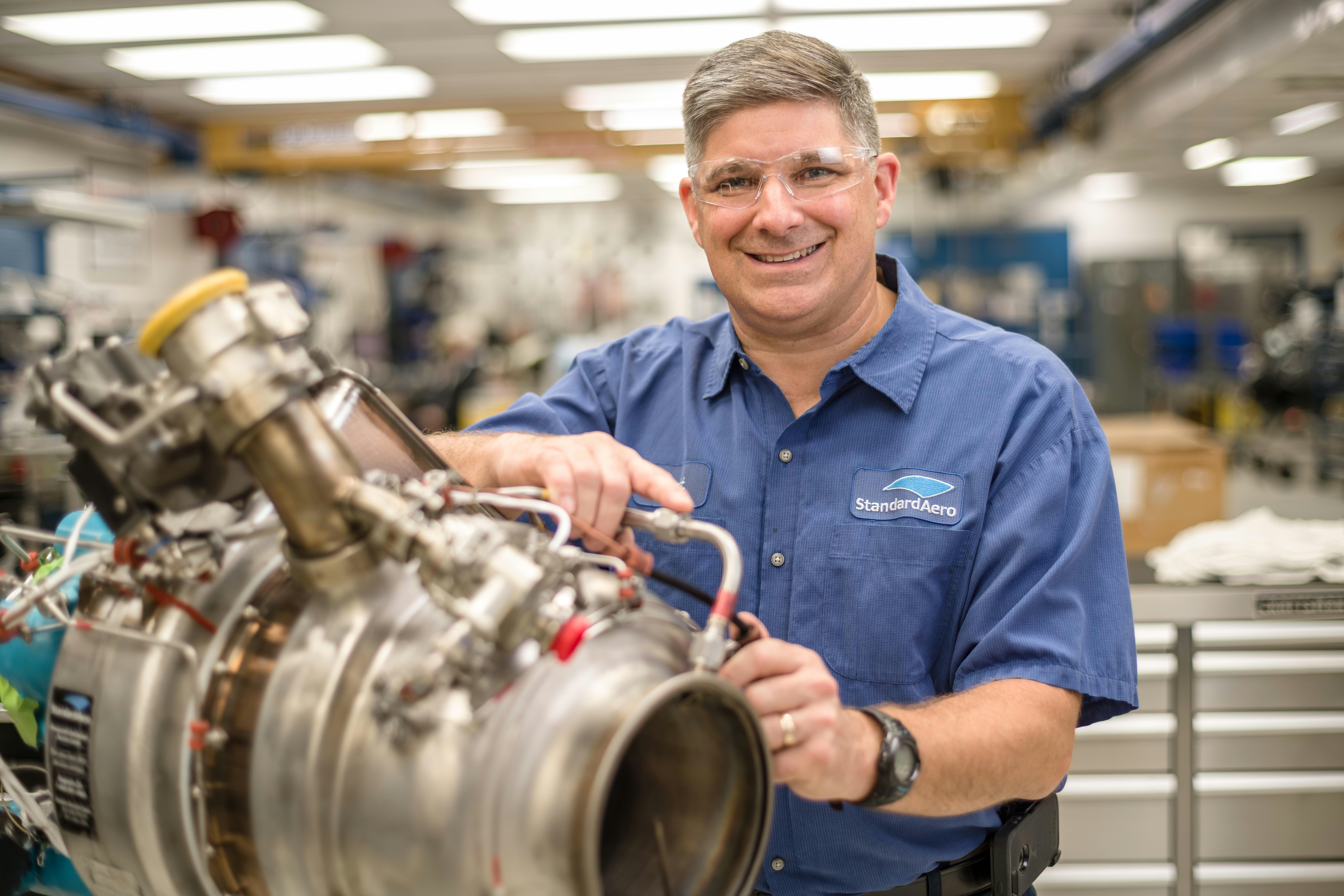
StandardAero Van Nuys Service Center Receives AFAC Certification
StandardAero Van Nuys Service Center Receives AFAC Certification
Expanding Service Capabilities into the Mexican Market
StandardAero’s Van Nuys Service Center in California has been officially certified by Mexico’s Agencia Federal de Aviación Civil (AFAC), authorizing the facility to conduct airframe maintenance, repair, and overhaul services on select large-cabin aircraft registered in Mexico. This certification also encompasses line maintenance support for Rolls-Royce Spey and Tay engines, Pratt & Whitney Canada PW306 engines, and Honeywell GTCP36-100 and -150 auxiliary power units (APUs).
This development significantly enhances StandardAero’s capacity to serve Mexican aircraft operators, extending its operational reach beyond North America and underscoring the company’s dedication to delivering high-quality technical support and service. Situated at Van Nuys Airport (VNY), the facility provides a comprehensive range of services, including airframe, avionics, interior, structural, and select engine maintenance, catering to large-cabin aircraft operators throughout Southern California and the broader region.
Katie Higgins, Vice President and General Manager of StandardAero Van Nuys, described the certification as a pivotal achievement that strengthens the company’s ability to support its Mexican customer base more effectively. Tony Brancato, President of StandardAero Engine Services – Business Aviation division, noted that the Van Nuys center joins the company’s Augusta, Georgia, and Houston, Texas, business jet service centers in holding AFAC certification. This network offers Mexican operators coast-to-coast aircraft support within the United States. Brancato emphasized the company’s ongoing investments in personnel and facilities to meet the evolving demands of customers and the global aviation market.
Strategic Positioning and Industry Context
The AFAC certification positions StandardAero to attract increased business from Mexican operators, particularly as the market responds favorably to the expanded service offerings. However, maintaining compliance with Mexico’s rigorous regulatory standards will be essential in a competitive environment that includes established industry players such as GE Aerospace and Gulfstream Aerospace. These competitors may respond by enhancing their own maintenance capabilities or pursuing strategic partnerships to match StandardAero’s newly acquired certifications.
This strategic move also aligns with broader industry trends emphasizing sustainable aviation practices. StandardAero has recently collaborated with Green Taxi Solutions to support the adoption of electric taxiing systems, reflecting a commitment to innovation and environmental responsibility.
Formerly operating as Western Jet Aviation, Inc., the Van Nuys Service Center has over 25 years of experience specializing in Gulfstream aircraft maintenance. With the acquisition of AFAC certification, StandardAero continues to expand its footprint and adapt to the dynamic requirements of the global aviation market.
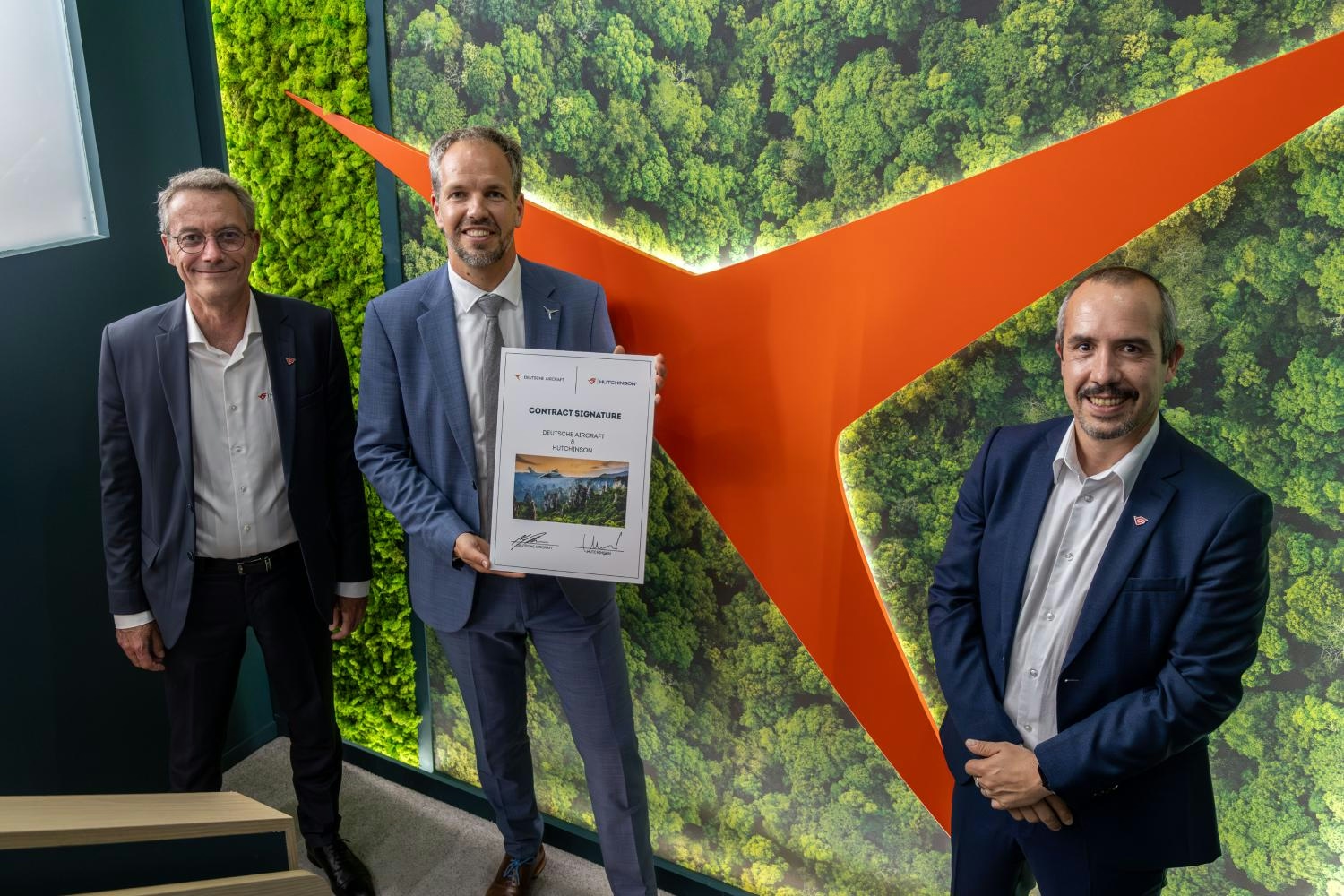
Hutchinson Joins Deutsche Aircraft’s D328eco Program
Hutchinson Partners with Deutsche Aircraft on the D328eco Program
Hutchinson has been selected by Deutsche Aircraft to design, develop, manufacture, and supply the primary insulation and low-pressure air ducting system for the D328eco, a next-generation regional turboprop aircraft. Announced following the Paris Air Show, this collaboration highlights the aerospace sector’s ongoing commitment to advancing sustainable and efficient flight technologies.
Expertise and Innovation in Aircraft Systems
With extensive experience in antivibration, sealing, fluid management, and lightweight materials, Hutchinson is well-positioned to support the D328eco in achieving its ambitious performance and environmental objectives. The aircraft is designed to set new benchmarks in regional aviation by reducing emissions, enhancing fuel efficiency, and improving operational competitiveness. Hutchinson’s advanced ultra-lightweight insulation and air ducting systems are expected to play a pivotal role in reducing the aircraft’s overall weight, thereby contributing directly to fuel savings and minimizing environmental impact.
A significant technical challenge for Hutchinson will be ensuring full compatibility of its systems with the D328eco’s state-of-the-art avionics suite, which includes Garmin’s third-generation G5000 Prime Flight Deck. Achieving seamless integration with the aircraft’s infrastructure is critical to maintaining the stringent safety and performance standards demanded in modern regional aviation.
Advancing Sustainable Aviation
This partnership emerges amid growing market attention to environmental sustainability. The D328eco’s potential adaptation to hydrogen propulsion has garnered interest from environmentally conscious customers, underscoring the aircraft’s role in the industry’s transition toward greener technologies. This emphasis on sustainability is likely to encourage competitors to enhance their regional aircraft offerings to match or exceed the D328eco’s innovative features and environmental credentials.
By collaborating on systems that directly enhance aircraft efficiency and sustainability, Hutchinson and Deutsche Aircraft demonstrate a shared commitment to responsible aviation. As Deutsche Aircraft progresses toward bringing the D328eco to market, the integration of Hutchinson’s solutions will be crucial in delivering an aircraft aligned with future operational and environmental standards. This partnership represents a significant milestone in the evolution of regional air transport, supporting the sector’s broader shift toward more sustainable practices.
Ask AeroGenie